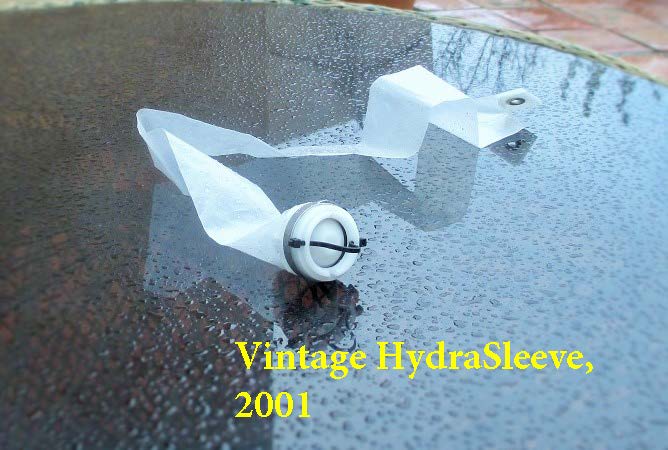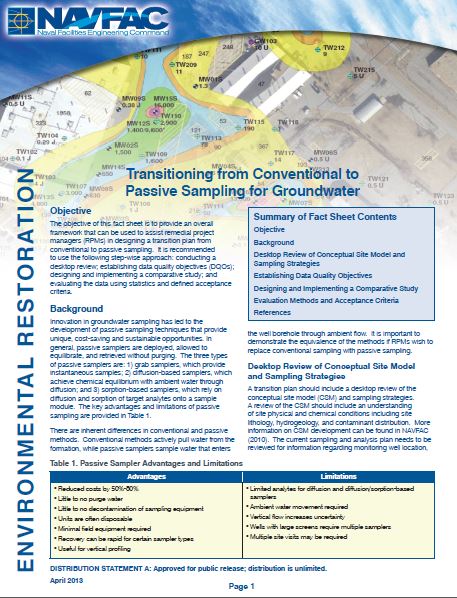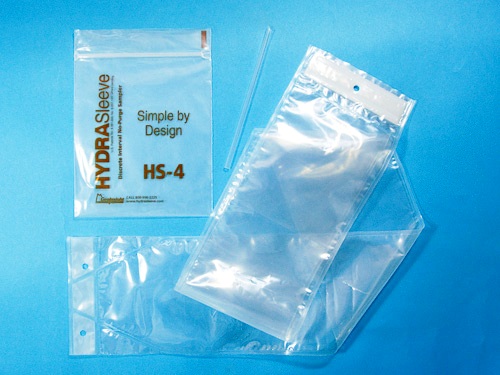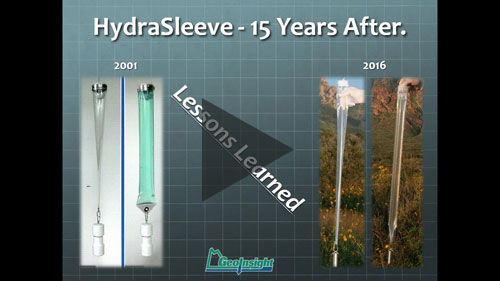 From our very first version of the HydraSleeve, back in 2001, until this very day we continue to make groundwater sampling a simple task for you. The HydraSleeve has gone through some changes as you can see in this photo; all for improving simplicity. We have also learned some very interesting things along the way.
From our very first version of the HydraSleeve, back in 2001, until this very day we continue to make groundwater sampling a simple task for you. The HydraSleeve has gone through some changes as you can see in this photo; all for improving simplicity. We have also learned some very interesting things along the way.
In this relatively short video you will find some very helpful tips which highlight the top 7 things that every HydraSleeve user will want to understand. Here's a brief description and location of the topics covered:
1. Sample Volume (minutes 1-5:12)
>Learn how to negotiate smaller sample volumes with your lab
>Learn the limitations of sample volume for no-purge sampling in specific well diameters
2. Simplicity (minutes 5:13-6:15)
3. Continuous Pull Fill Rate (minutes 6:16 - 7:36)
>Learn why HydraSleeves should be sized to fit the well
>Learn what to do if you must use a smaller HydraSleeve in a larger diameter well.
4. Oscillating the HydraSleeve During Recovery (minutes 7:37 - 10:39)
>Learn why this may be the preferred method of recovery.
5. Discard the Water off the Top of the Check Valve (minutes 10:40 - 11:22)
>Learn how and why this is the first and most important step in decanting your sample into lab vials
6. Single Pull Retrieval = Core Sample (minutes 11:23 - 13:00)
>See what happens when you do a single pull recovery
>Learn the best location to puncture the bag for various contaminants
7. The HydraSleeve displaces minimal amount of water during installation (minutes 13:01 - end)
>Learn about the new SpeedBag
>See the reasons why in/out recovery may be the best for many locations and sampling events.
The most important thing to learn from all of this is: If you have any questions or are having any problems with your HydraSleeve experience, PLEASE CONTACT US.
Having worked with HydraSleeves for almost 2 decades and with 10's of 1000's of sleeves sold every year, we ARE the experts and we CAN likely solve your problem. Most of the time it's just a matter of using the right HydraSleeve and accessories for the job at hand. We are here to help in every step of the HydraSleeve sampling process. From choosing the right equipment; to operating instructions and unusual circumstances and set ups; we can help!
As seen and explained in item #3 above: Like a screwdriver, the HydraSleeve is a simple tool. However just like trying to use a phillips screwdriver on a flat-head screw; not having the proper tool for the job can make it impossible to efficiently complete the job.
Please call 800-996-2225 or email: This email address is being protected from spambots. You need JavaScript enabled to view it.
Alternatively watch the video on YouTube: https://youtu.be/mtCLLVyVoHQ



 From our very first version of the HydraSleeve, back in 2001, until this very day we continue to make groundwater sampling a simple task for you. The HydraSleeve has gone through some changes as you can see in this photo; all for improving simplicity. We have also learned some very interesting things along the way.
From our very first version of the HydraSleeve, back in 2001, until this very day we continue to make groundwater sampling a simple task for you. The HydraSleeve has gone through some changes as you can see in this photo; all for improving simplicity. We have also learned some very interesting things along the way.